Perfect Practice Makes Perfect (Part 2)
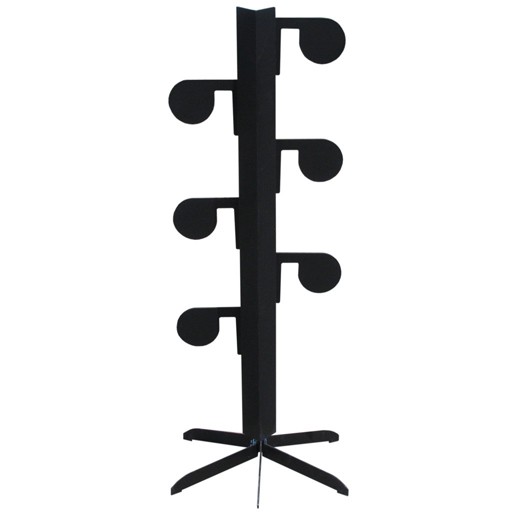
BY ABNER MIRANDA Editor’s Note: This is a continuation from last weeks article titled, Perfect Practice Makes Perfect. Action Target has republished this article in its entirety with the permission of the author. Ideas, comments, practices, recommendations, etc. are the author’s own and do not necessarily represent those of Action Target. The Action Target Dueling Tree […]
The Head-Shot Cadence Drill
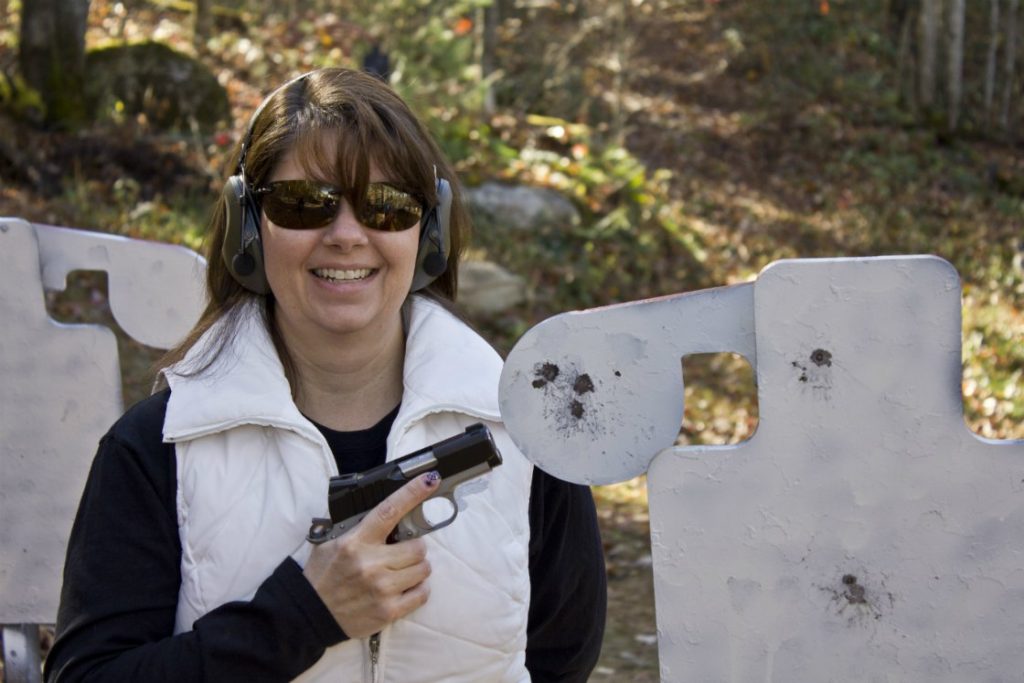
By Richard Mann Editor’s Note: The views in this article are the author’s own and don’t necessarily represent those of Action Target, Inc. Gunsite Instructor Il Ling New believes one of the best ways to train with a defensive handgun is to practice head shots at moderate to extended ranges; meaning as far out as […]
Action Target Announces New Training Schedule
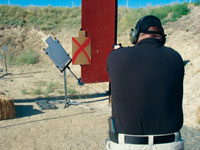
Action Target has met the training needs of law enforcement agencies around the country for more than 26 years. By working closely with agencies in every state, we have been able to enhance our product line to better achieve requirements of firearms programs. With 2012 just around the corner, many departments are experiencing budget cuts…again. […]
Tactical Training Tips: Key Points for Instructors & Shooters

By Jeffrey Denning Editor’s Note: The views in this article are the author’s own and don’t necessarily represent those of Action Target, Inc. Action Target hosted their 20th Law Enforcement Training Camp earlier this year. While pondering some of the unfortunate recent tragedies that have struck the law enforcement community nationwide — including a higher […]
Action Target Holds Successful LETC 2011
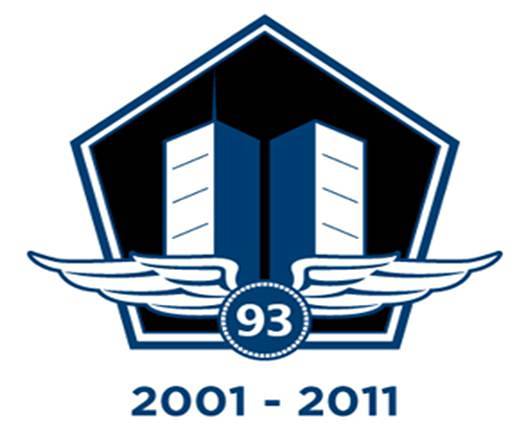
Law Enforcement Training Camp (LETC) 2011 was a recent success for Action Target and we’d like to thank all who helped and attended this unique training experience. Here’s what some of the attendees had to say about it: Dear Rick, Please accept this letter of appreciation to all of the Action Target staff and instructors […]
Controlled Pairs, Double Taps, or 6-Shot Rhythm?
by Jeffrey Denning Editor’s Note: The views in this article are the author’s own and don’t necessarily represent those of Action Target, Inc. The phrase “The shot heard around the world” refers to the single gunshot that began the battle of Lexington and Concord of the American Revolutionary War. In historic times, rifles could only […]
Shooting Steel Targets (Part 2)
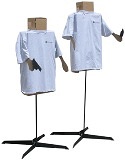
*Note: This is the second of a three-part series entitled “Shooting Steel Targets.” Part One was published in the Action Target Journal in September and Part Three was published in October. Action Target produces the finest and most sought after portable steel targets in the world. As a world leader for shooting range development, our […]
YouTube Training Videos with Rob Leatham
Action Target has recently released the first of five training videos on YouTube featuring world champion shooter Rob Leatham. The videos feature instruction from Rob and the drills he uses in his own training. Each video showcases a different type of steel target in Action Target’s Portable Target line.
The first video includes drills and skill demonstrations as Rob practices on the PT Plate Rack. The remaining four videos, to be released in the upcoming weeks, will emphasize how to train on other steel targets like the PT Static and PT Dueling Tree. This group of training videos was filmed at Rob’s home range located at the Rio Salado Sportsman’s Club in Mesa, AZ.
Action Target Announces Early Registration for 2011 Law Enforcement Training Camp
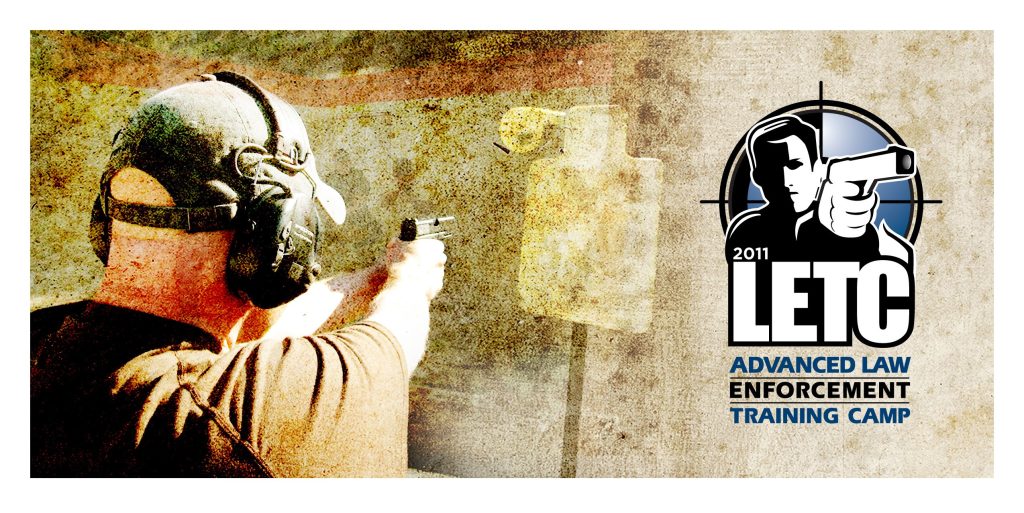
For 20 years, Action Target has hosted one of the most comprehensive training camps for law enforcement in the United States. Law Enforcement Training Camp (LETC) is a week-long curriculum consisting of four eight-hour classes that are taught by world-class firearm instructors. This year’s LETC provides highly qualified instructors with backgrounds consisting of the Safariland […]
Training on Steel (Part Two)
In a previous article I discussed the advantages of training on reactive steel, the primary one being a dramatically shortened learning / performance improvement curve. Other advantages include cost effectiveness. Say WHAT? Isn’t steel expensive? Well, if you are your department’s Range Master or Chief Firearms Trainer, how much do you budget a year for paper or cardboard targets? Cardboard or foam backers? Staple guns and staples? 1” x 2” sticks to staple the targets to or 2” X 4” frames and particle board? How many staple guns grow feet and walk off the range each year? How much time is spent per relay stapling up new paper or cardboard targets? What about high wind and rain? The point is, you can shoot on steel in all kinds of weather, and all you need is a spray can of paint to re-spray the target(s) for the next shooter(s).